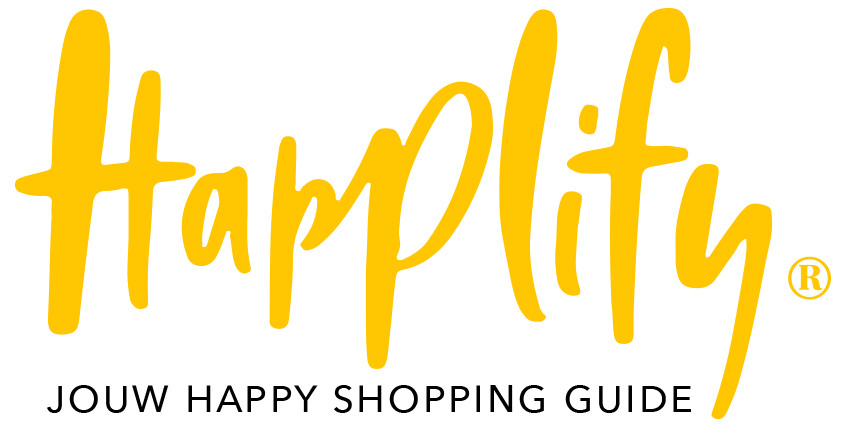We Dutch are known for our enthusiasm and pride when it comes to the Dutch national team. This enthusiasm is nowhere more visible than in the streets of the Netherlands, which often turn bright orange when the team plays. But why exactly do the Dutch do this? What's behind this colorful tradition? You can read it here.
The color orange
The color orange is inextricably linked to the Netherlands, and that has everything to do with the Royal House of Orange-Nassau (whatever else you think about it ;-)). William of Orange led the Dutch Revolt against Spanish rule in the 16th century. Since then, orange has been declared the national color of the Netherlands, and it is used to express national pride and unity.
Also read 👉 10 things you didn't know about the color orange
Football and national unity
Football is more than a sport in the Netherlands, it is a common passion that brings people of all ages and backgrounds together. The Dutch national team, also called "Orange", is a source of national pride. When the team plays, especially during major tournaments such as the World Cup or the European Championship, Dutch people feel a strong need to show their support. This is done not only by watching the matches together, but also by decorating our houses and streets with festive decorations and dressing ourselves in orange.
Decoration as an expression of support
Decorating streets with flags , streamers and other decorations is a way for many Dutch people to express support for the Dutch national team. These decorations create a festive atmosphere that brings people together and strengthens the feeling of unity. It's a visual spectacle that shows how proud people are to support their team.
Sense of community and conviviality
In addition to showing support, decorating streets also plays an important role in promoting a sense of community and conviviality. Neighbors often work together to decorate their streets with cheerful orange decorations , which strengthens mutual ties. During tournaments, street parties and neighborhood barbecues are often organized, where everyone comes together to watch the matches and celebrate.

Historical roots
The tradition of decorating streets also has historical roots. It all started in the 1970s, when the Dutch national team became increasingly successful on the international stage. Especially during the 1974 World Cup , in which the Netherlands reached the final, people started decorating their streets to show their support. Since then, this tradition has grown, but the core remains the same: celebrating national pride and unity.
The effect on the players
Although it is difficult to measure, many people believe that fan support has a positive influence on the performance of the Dutch national team. The sea of orange in the stadiums and the decorated streets at home give the players an extra boost of motivation and pride, knowing that an entire nation is behind them.

Pride
Decorating the streets with orange flags and other decorations when the Dutch national team plays is a lively and joyful tradition that is deeply rooted in Dutch culture. It is an expression of national pride, a way to show support, and an opportunity to promote a sense of community and conviviality. Whether it concerns a small street or an entire neighborhood, the orange decorations are a colorful reminder of the shared passion and pride of the Dutch people for their team. So the next time you see an orange-decorated street, know that it's not just about decoration, but about a deep-rooted tradition of togetherness and national pride.















Interesting? Share with someone:
The importance of being happy with your work
Jumping on a trampoline this summer!